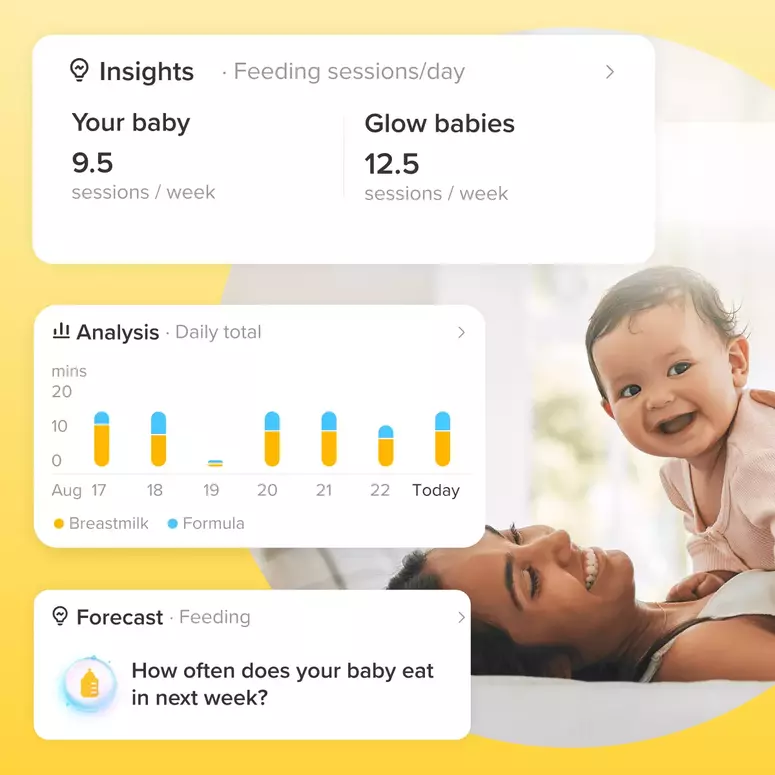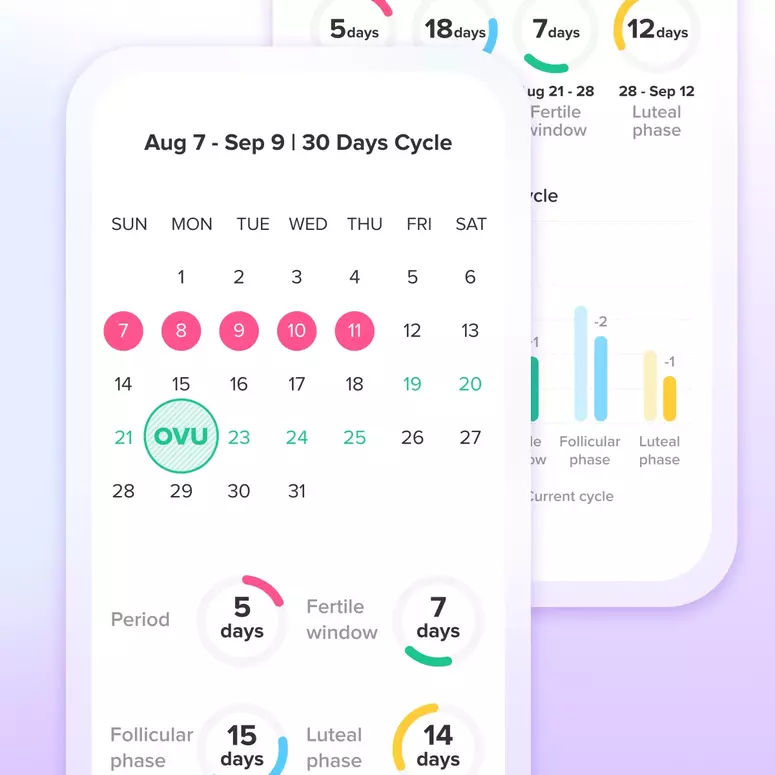IUI: Step by step
There’s many reasons why IUI (Intrauterine insemination) could be a good next step for you. But very quickly, the questions start swirling. How long will it take? What should you expect? How much does it cost? Check out this step by step guide!
The Drugs
Your doctor will determine the regimen of drugs you will be taking. For some women, there are no drugs--it’s just about timing.
For others, they may take varying doses of Clomid or stronger medication to help them ovulate or to delay ovulation until their eggs are the perfect size.
Some women are advised to take shots before IUI. The shots come in two varieties: subcutaneous injections and intramuscular injections.
Subcutaneous injections - Think totally manageable--these shots are pretty common hormonal fertility drugs. Subcutaneous means just below the skin, so the shot needs to go into the fatty tissue that lies between your skin and the muscle underneath. These shots rarely hurt, although sometimes they can cause bruising. Subcutaneous injections are very easily self-administered.
Intramuscular injections - Think OUCH! These shots need to go into the muscle directly. They hurt. You will need someone else to help you administer intramuscular shots (hopefully someone with steady hands). However, as with all shots, these are over and done quickly.
The Monitoring
IUI cycles require varying degrees of monitoring. Just for fun, let’s label them after holidays to indicate the level of commitment required!
“Groundhog’s Day” Level of Monitoring – Don’t do anything different than usual. Just keep testing your LH levels for a surge using OPKs. When you experience the surge, head to your doctor’s office. This level of monitoring is most common with unmedicated cycles.
“4th of July” Level of Monitoring – You are keenly aware that the big day is coming up and that fireworks will need to go off at precisely the right time. Your doctor may monitor your hormone levels once or twice prior to your ovulation, and you may have a vaginal ultrasound to confirm size of your eggs. You may get a special shot to ensure ovulation. Then the next day, you head in for the insemination.
“Christmas” Level of Monitoring – You are literally planning months in advance. Your cycle is heavily medicated and consequently, your doctor pretty much doesn’t let you leave their office. You check in with your doc practically every day of your cycle until insemination occurs. You have vaginal ultrasounds often, if not daily. Your blood levels get checked almost daily. You are in countdown mode and almost all other aspects of your life shut down to make way for the big day.
The Big Day
You made it! Your eggs (one or two of them) are the perfect size. Whether with the help of medication, or not, you will ovulate sometime very soon.
You head to the doctor’s office and either your partner or your donor provides sperm. The sperm gets washed. Cleaned. And then using a thin tube, the doctor will place the sperm directly into your uterus via the cervix.
This process is uncomfortable but rarely hurts. You may experience some cramping and some spotting. You will lay there for a little while, get dressed, go home, and start obsessively monitoring your body for any symptoms of pregnancy. Within 14 days you will have your results.

\
Achieve your health goals from period to parenting.




